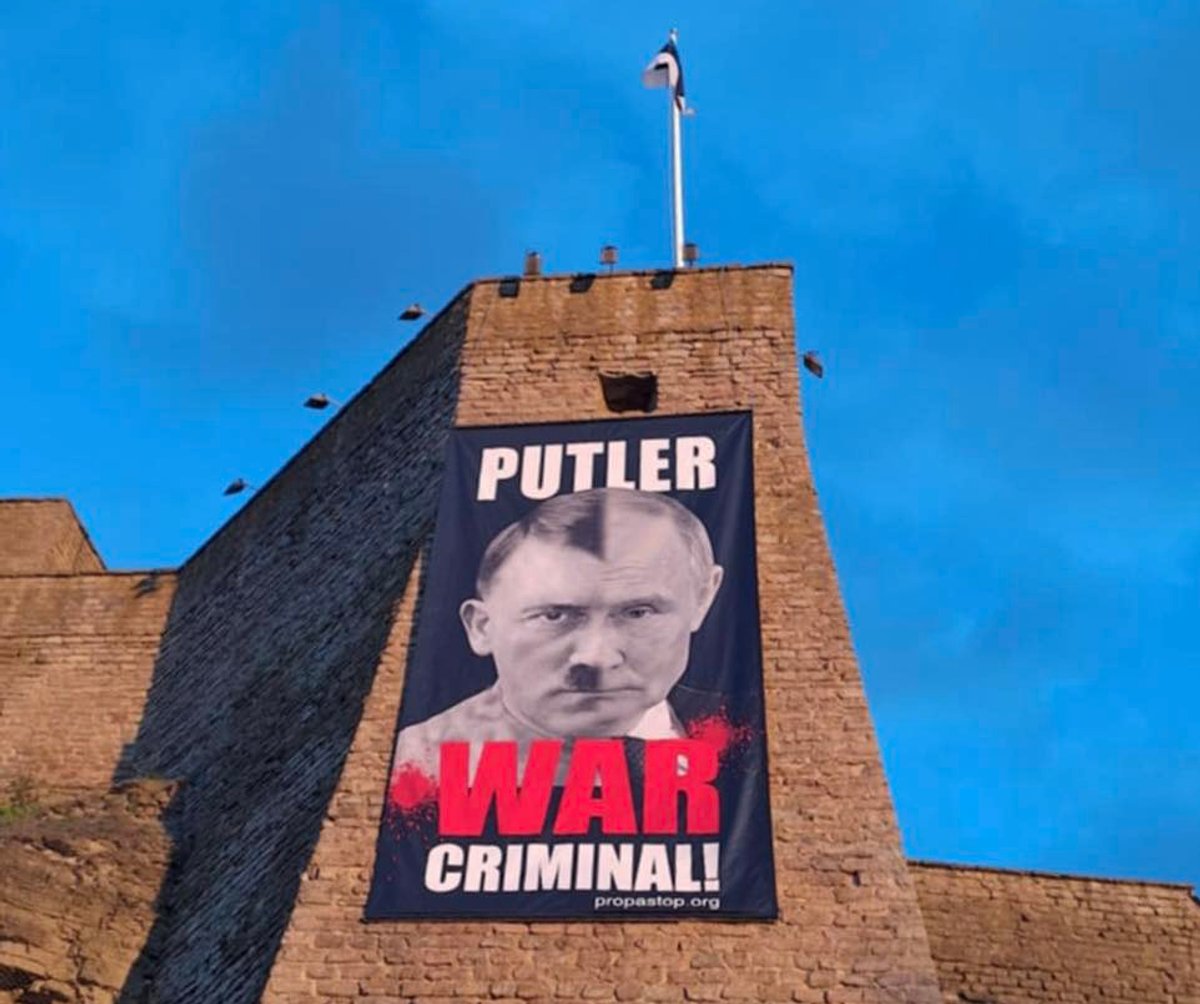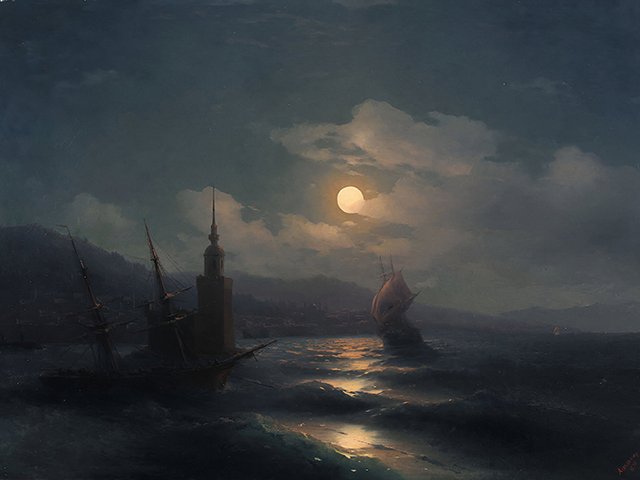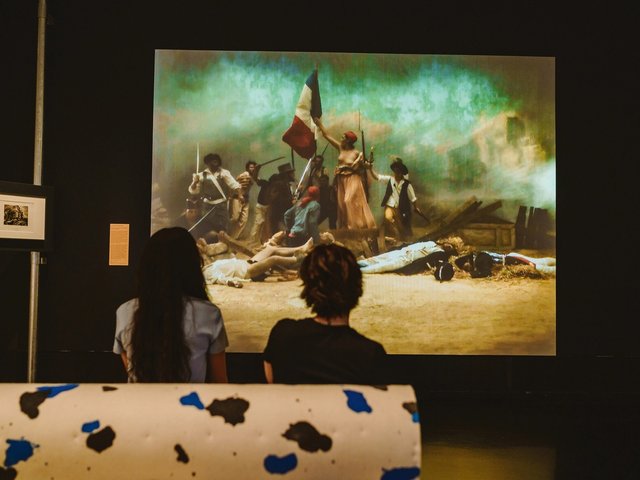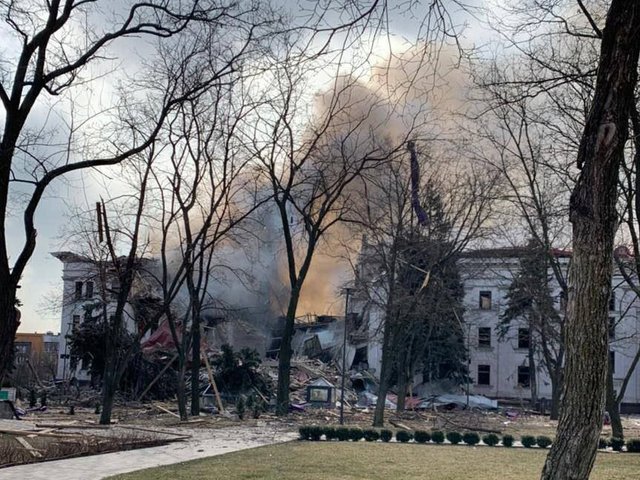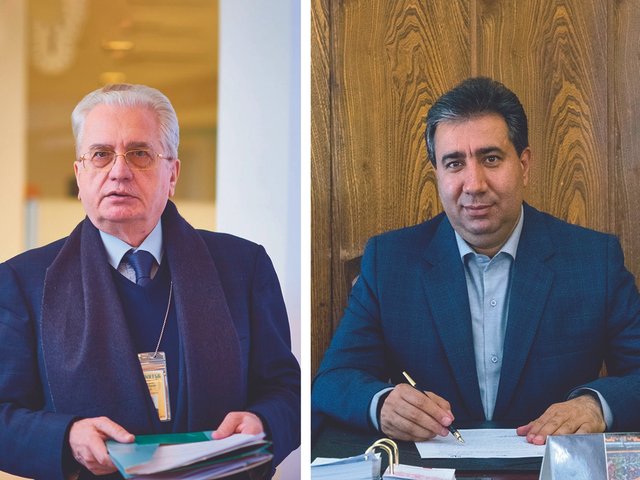Russia has pressed charges of “rehabilitating Nazism” against the director of a museum in Narva, Estonia, after the institution displayed a large banner showing images of Vladimir Putin and Adolf Hitler combined into one face—and captioned “Putler War Criminal!”—on its exterior.
Russia’s Investigative Committee, an equivalent of the FBI, announced the latest charges—which also include “public dissemination of knowingly false information about the Russian armed forces“—against Maria Smorževskihh-Smirnova, the director of the Narva Museum, on 17 July. Smorževskihh-Smirnova has been targeted by Russiasince last year in a campaign that echoes Russia’s attacks on Ukrainian culture. Russia claims the city of Narva, like many Ukrainian cities, as part of its patrimony.
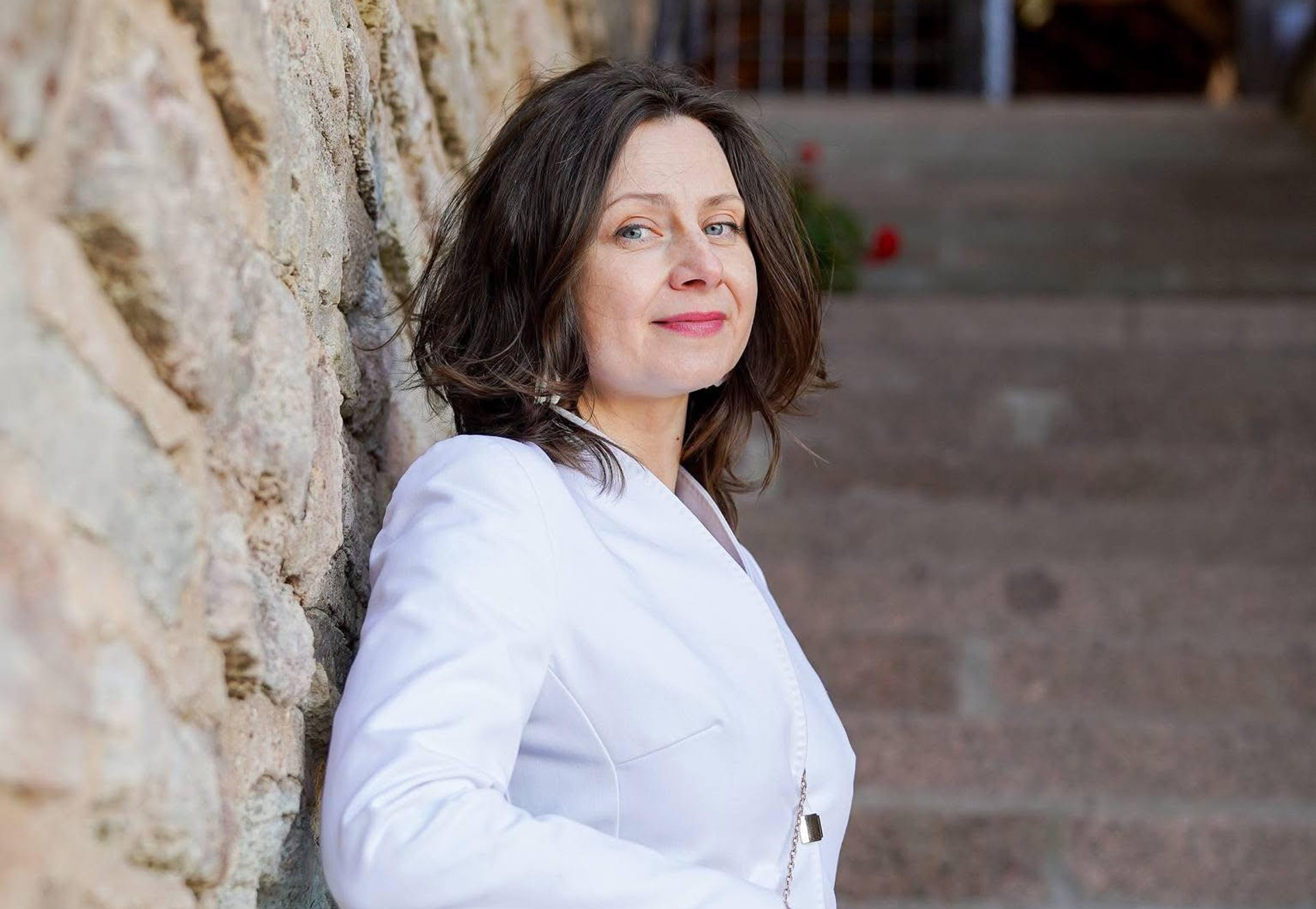
Maria Smorževskihh-Smirnova has not responded directly to the charges
Courtesy of Narva Museum
The museum is located in a castle just across the river from Russia, with the Ivangorod fortress dramatically positioned on the other side in a scene reminiscent of the Middle Ages. Estonia, Latvia, and Lithuania—once annexed by the Soviet Union—are now members of the international alliance Nato, which currently has very tense relations with Russia. Analysts have speculated that Narva could be the launching point for a Russian incursion into Estonia.
Narva has a strong Russian ethnic population, and before cross-border automobile travel was banned in response to the full-scale invasion of Ukraine in 2022, St Petersburg was only a short drive away from the city. The Estonian government has, in recent years, been working with cultural entrepreneurs and organisations to support arts institutions in Narva—and promote its European identity. Narva was, for example, a nominee for European Capital of Culture in 2024.
The banner with the image depicting Putin and Hitler was unfurled on 9 May, on Russia’s Victory Day, which commemorates the Soviet Union’s victory over the Nazis. The museum has hung other posters of Putin, calling him a war criminal, on its building on the same date over the past two years. The museum has reacted to Russia’s invasion in other ways too: it hosted, for example, a conference titled “Culture and War”—featuring Ukrainian and Estonian heritage specialists—on 8 May.
Narva and Smorževskihh-Smirnova were not available for comment about the charges when contacted by The Art Newspaper. Speaking to the Russian-language section of Estonian Public Broadcasting earlier this year, however, the director referenced European values and her views on speaking out about the invasion.
“With the end of the Second World War, it was peace and freedom, respect for sovereignty, and the principles of solidarity that became the basic values of the European Community,” she said. “At the same time, a full-scale war, unleashed by Putin, is going on for the fourth year next to us. We call a dictator a dictator, and war crimes war crimes.”
Estonia’s minister of culture, Heidy Purga, tells The Art Newspaper that Smorževskihh-Smirnova “has done an excellent job leading the Narva Museum, while also addressing our country’s difficult history and crimes of Soviet power” and “defending Estonian values and the historical truth”. Estonia, Purga says, will not back down. “Any attempts by Russia to threaten our cultural institutions or people, or to rewrite history, only strengthen our resolve to stand for democratic values that represent the free world.”
Anu Viltrop, the chief executive officer of the Estonian Museum Association, says in an email: “In Narva and other cities across the country, Estonians encounter Russia’s influence operations in multiple dimensions of daily life—social, cultural, and political. These dynamics are part of the everyday experience. Estonian society continues to function, adapt, and endure. Estonia’s independence, freedom, and identity are deeply important and precious to us—and this narrative is reflected in the exhibitions and programming of the Narva Museum.”


